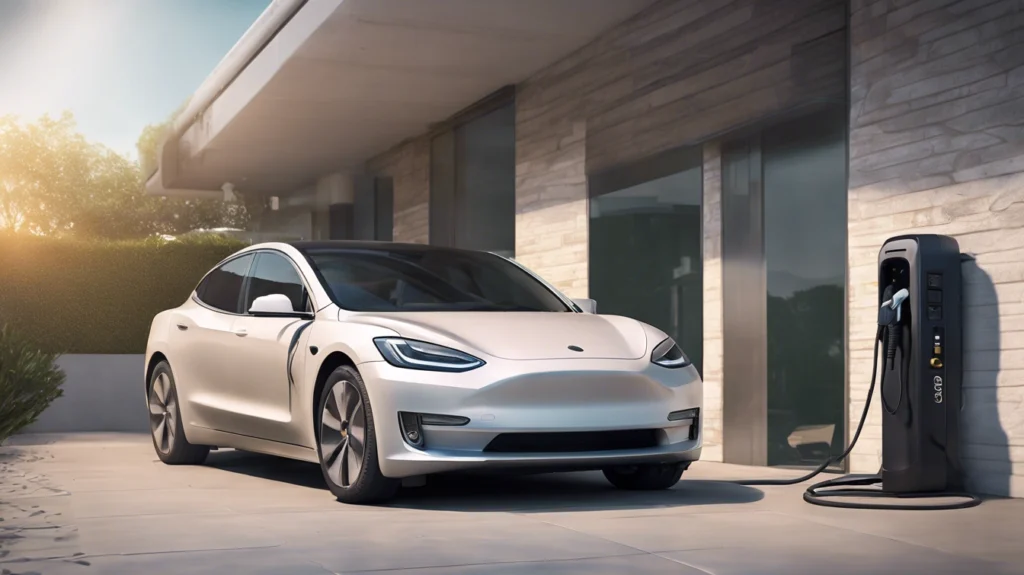How to Install an Electric Vehicle Charger: A Complete Guide
As electric cars become more popular, the demand for home and public Electric Vehicle (EV) chargers is rising. EVs are eco-friendly, cost-effective alternatives to gas-powered vehicles, and installing an EV charger can make charging your vehicle more convenient and affordable. In this complete guide, we’ll explain how to install an electric vehicle charger and outline the benefits of having one at home or work.
What is an EV Charger?
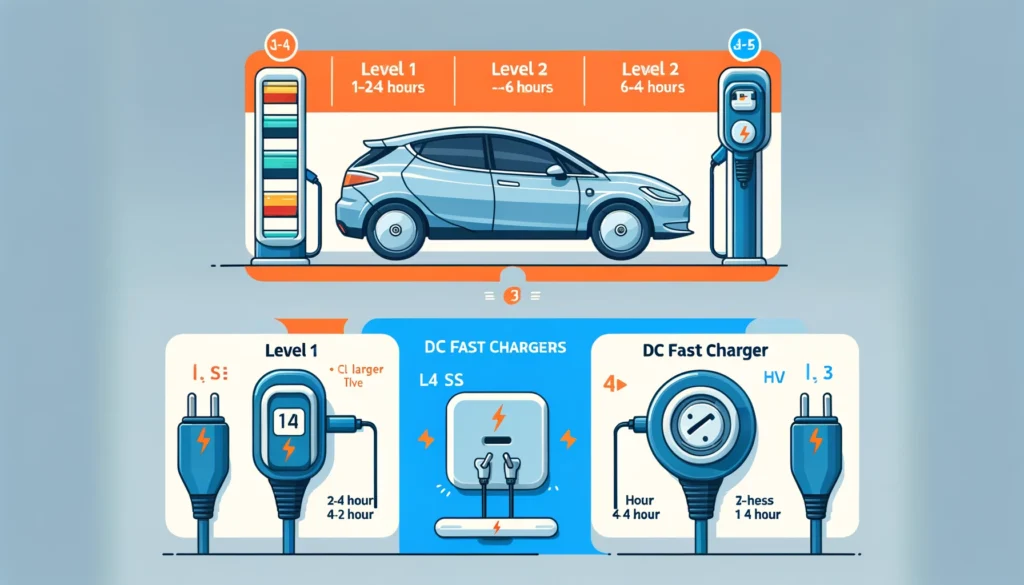
An EV charger is a device that supplies electricity to your electric vehicle’s battery. There are various types of EV chargers that cater to different charging needs and locations:
- Level 1 Chargers – These plug into a standard 120V home outlet and typically take 12–24 hours to fully charge an electric vehicle.
- Level 2 Chargers – Requiring a dedicated 240V circuit, Level 2 chargers can charge an EV within 4–6 hours, depending on battery capacity.
- DC Fast Chargers – These high-power chargers can charge an EV up to 80% in less than an hour, ideal for public and commercial settings.
Why Install an EV Charger?
Here are the key reasons to install an electric vehicle charger:
- Convenience: Avoid public charging stations by charging your EV at home or work.
- Cost Savings: Charging at home is generally cheaper than gasoline, helping you save on fuel costs.
- Environmentally Friendly: EVs produce zero emissions, and charging with renewable energy makes it even more eco-friendly.
- Increased Property Value: Homes equipped with EV chargers are more attractive to buyers, potentially increasing the resale value.
Steps to Install an Electric Vehicle Charger
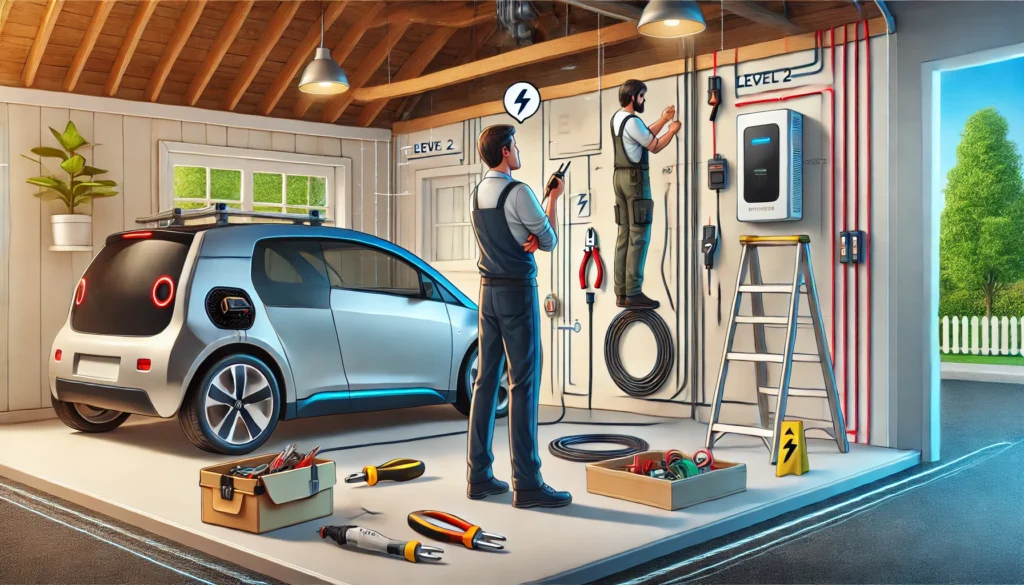
Installing an EV charger requires careful planning. Follow these steps to ensure a successful installation:
- Choose the Right Charger: Consider your car’s make and model, power needs, and installation location. For most homeowners, Level 2 chargers are the most practical option.
- Obtain Necessary Permits: Some areas require permits or local government approval before installation. Check your local regulations.
- Hire a Qualified Electrician: Installation involves electrical work, so it’s essential to hire a licensed electrician to safely install the charger.
EV Charger Installation Costs
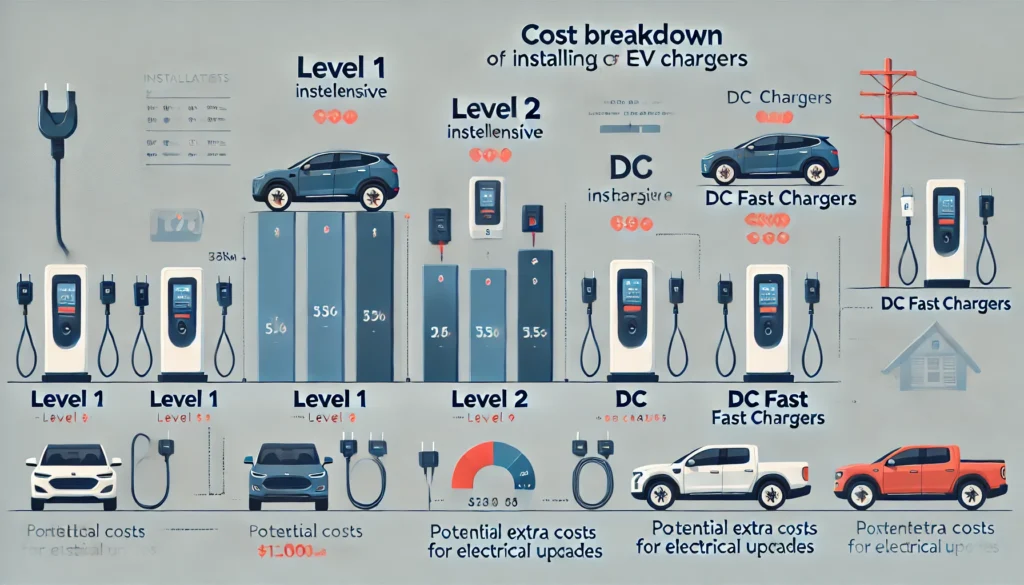
The cost of installing an EV charger varies based on the type of charger, location, and labor costs. Here’s a general cost breakdown:
- Level 1 Chargers: These are the least expensive to install, typically around £200–£300.
- Level 2 Chargers: Installation costs range from £500–£1,500, depending on your electrical system and charger type.
- DC Fast Chargers: These chargers are more expensive, with installation costs starting at £10,000 or more, often used for commercial purposes.
Benefits of Installing an EV Charger
By installing an EV charger, you can enjoy numerous benefits:
- Convenience: Always have access to a charger when needed.
- Savings: Lower energy costs compared to gasoline.
- Reduced Environmental Impact: EVs emit no greenhouse gases, and charging from renewable sources makes it even greener.
- Higher Property Value: Homes with EV chargers can command higher prices in the real estate market.
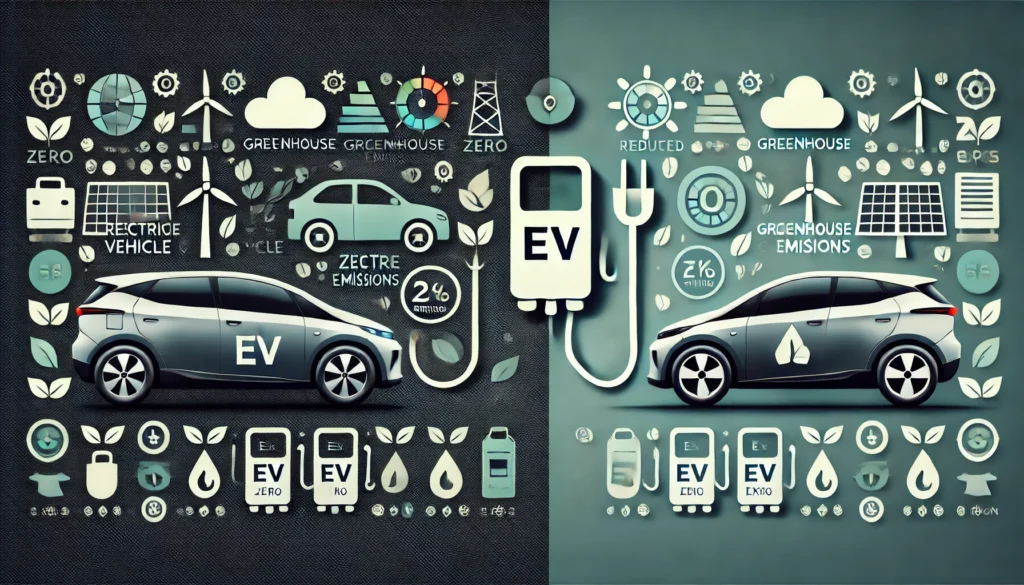
Key Tips for a Successful EV Charger Installation
To ensure a smooth installation process, follow these tips:
- Location is Key: Install the charger near where you park your vehicle to make plugging in easy and convenient.
- Weather Considerations: If you live in an area with extreme weather, install the charger in a covered location to protect it from the elements.
- Get Multiple Quotes: Request estimates from several electricians to get the best price for the installation.
- Patience is Essential: Installing an EV charger takes time, so plan accordingly and work closely with your electrician.
Conclusion
Installing an EV charger at home or work can make owning an electric vehicle much more convenient and cost-effective. By following the steps and tips outlined in this guide, you can ensure a smooth installation process. Always consult a qualified electrician, check for any local rebates or incentives, and prioritize safety during installation

